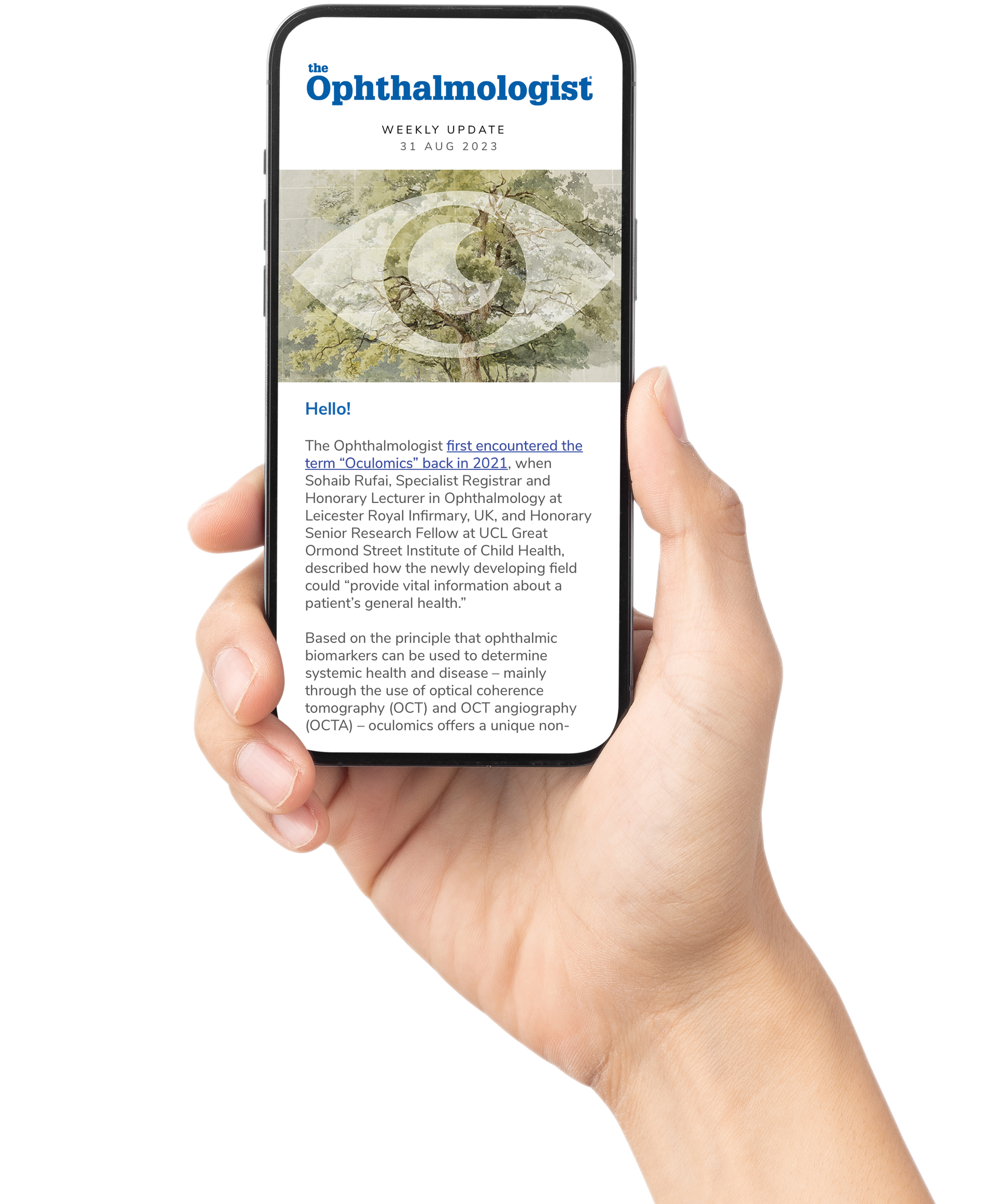
Patient education can often seem like just another customary routine for surgeons. This can explain why sometimes it is overlooked, or else outsourced to videos or branded informational leaflets that explain the procedure without the surgeon’s help.
However, if clinics use a tailored, more individualized version of patient education, they will be able to more effectively convert patients to premium procedures, with less risk of post-operative dissatisfaction. Patients don’t simply want to buy features. They are looking for the inherent values behind these products. And if you help them find this, they’ll trust you. And end up choosing you for their surgery.
The patient education process
In my experience, surgeons tend to believe that simply delivering all of the essential information of a procedure will be enough, and that the sales team of a practice will then be able to convince patients to elect a premium procedure.
While this seems like a logical assumption to make, it does not always work in reality. You only have to look at the average industry conversion rate of 11%, while other clinics are reporting conversion rates of around 35-40%.
The core problem here, I believe, is that surgeons do not always think about the real nature of the information, knowledge, and education they are choosing to impart to their patients.
Every patient comes in with their own personal mix of knowledge and beliefs – things they’ve picked up over time, what they trust, and what they assume to be true. They also have their own individual needs and aspirations. For instance, they may want to learn to sail, or go back to education as a mature student, or perhaps they simply want to stop feeling anxious about their mortgage.
And here’s where it gets interesting: if that personal need hits a wall – because they don’t know how to solve a problem or get what they want – their attention “kicks in.” That’s the moment they become open and curious, willing to learn about how they can overcome any obstacles to achieve their needs. This is also when they can best be educated in how to get there.
In terms of cataract and refractive surgery, surgeons, optometrists and IOL technicians are packed with specialist information regarding IOLs and their performance. However, the vast majority of patients are not aware of these things, and possibly not even attentive to such technical details; they are primarily concerned with one crucial point when first attending a consultation: “My vision needs to be good enough for me to live my life as I want to live it.”
Patients are looking for explanations generally outside of their scope of knowledge, and so would rather be presented with solutions that they can readily understand, solutions that are aligned with their unique values and needs, rather than being educated about something they have no prior knowledge of.
As with other aspects of life, it is the same with choosing IOLs. Patients do not necessarily want to be educated on the generic technical specifications of their IOL choices; they want to be educated in ways that are personally relevant to them, ways that allow them to envision the future benefits of their choices. The real question in their mind is not “What lens should I choose?” It’s “What life do I get back after the surgery?” If you help them find an answer, they will feel trust.
Trust building
The key value in healthcare, particularly in premium elective procedures, is trust. This doesn’t mean getting the patient to just sign a consent form and be ready for surgery; it means that the surgeon should display a genuine interest in that patient’s life.
This concept forms the core point of my Smart Sight Framework – profiling patient’s values is an essential component to personalizing patient education, allowing surgeons to determine exactly what sets of personal values are connected with their visual needs. And this is where the magic starts happening: once patients feel seen, they start to see what’s possible, what’s not, and what might go wrong, and they learn to accept both the benefits and the limitations of what you are offering.
When educating the patient on these things, it is not about underpromising and overdelivering. It is about setting realistic expectations. Surgeons will sometimes seek to avoid this, worrying about their reputation or else as being perceived as lacking confidence in their own abilities. But when these expectations are accurately matched with the patient’s own unique story, this enhances the patient-surgeon rapport and increases the level of trust, helping to increase those much needed premium conversion rates.
